Everything About Columbia, South Carolina
History
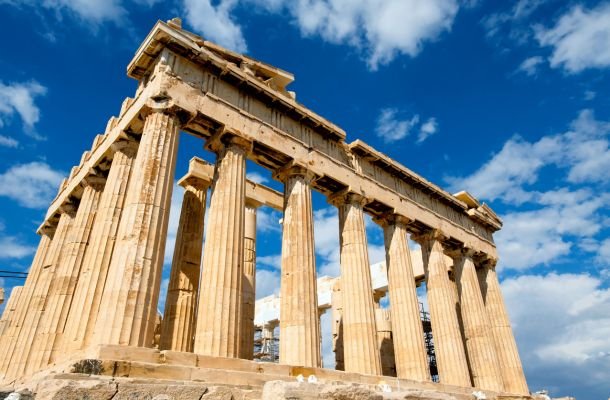
Columbia was established in 1786 as the first planned city in the United States, chosen for its central location within South Carolina. Named after Christopher Columbus, Columbia was strategically positioned as the state capital to encourage growth in the interior of the state. In 1805, Columbia was formally incorporated as a town and later became a city in 1854.
During the Civil War, Columbia was a vital transportation hub for the Confederacy, and in February 1865, it was occupied and partially burned by Union troops under General William T. Sherman. Despite the devastation, the city quickly rebuilt and continued to grow, developing a strong textile industry in the late 19th and early 20th centuries. The city also became known for its military presence with the establishment of Fort Jackson in 1917, which is now the largest U.S. Army training installation.
Throughout the 20th century, Columbia evolved into a center for education, healthcare, and government. The desegregation of schools and the rise of the civil rights movement in the 1960s marked a significant period in the city’s history, shaping Columbia into the diverse and inclusive community it is today. Columbia has continued to grow and modernize, blending its historic charm with contemporary development.
Geography
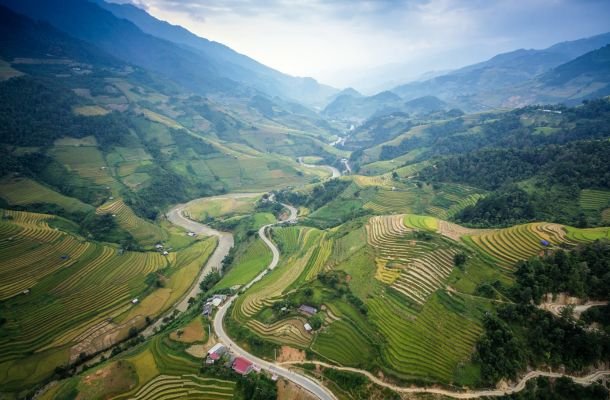
Columbia is situated in the central part of South Carolina and serves as a midpoint between the Appalachian Mountains and the Atlantic Ocean. The city covers an area of approximately 134 square miles and is bisected by several major rivers, including the Congaree, Broad, and Saluda rivers, which converge to form the Congaree River that flows through the city.
The city’s terrain is primarily flat with gentle rolling hills, which is characteristic of the Piedmont region. To the northwest, the topography becomes more hilly, leading toward the Blue Ridge Mountains, while the southeast area transitions into the Coastal Plain.
Columbia’s geography is notable for its abundance of green spaces, parks, and waterways. The Three Rivers Greenway is a popular urban trail that follows the paths of the city’s rivers, providing recreational opportunities and natural beauty in the heart of the urban area. The city’s location also makes it a strategic transportation hub, with Interstate 26, Interstate 20, and Interstate 77 all converging near the city.
Geology
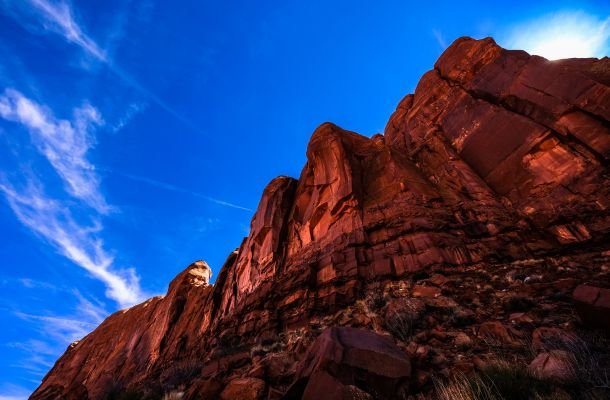
Columbia’s geology is characterized by its location in the Piedmont region, near the boundary with the Coastal Plain. The city sits atop ancient bedrock composed primarily of granite, gneiss, and schist, which are remnants of the Appalachian Mountains’ formation over 300 million years ago. The fall line, where the Piedmont transitions to the Coastal Plain, runs through Columbia, creating rapids and waterfalls in the Congaree River that historically powered mills and industries.
The region’s geology also includes significant deposits of clay, sand, and gravel, which have been utilized for construction and other industrial purposes. The soils in the area are generally well-drained and support a variety of vegetation, contributing to Columbia’s green spaces and urban tree canopy.
Columbia’s geological features have influenced its development, from the placement of roads and railways to the siting of industrial and residential areas. The presence of natural resources and favorable terrain has played a key role in the city’s growth and sustainability.
Neighborhoods
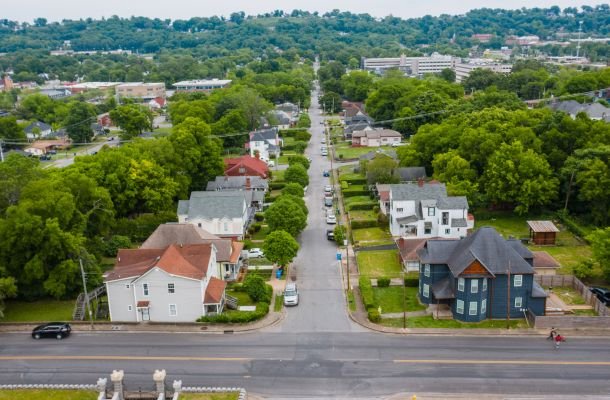
Columbia is a city of diverse neighborhoods, each with its own unique character and charm. The downtown area, known as the Congaree Vista, is the city’s cultural and business district, filled with historic buildings, art galleries, and restaurants. Nearby, the historic district of Shandon offers a glimpse into Columbia’s past with its tree-lined streets and early 20th-century homes.
Five Points, often referred to as Columbia’s “Village Neighborhood,” is a vibrant area known for its eclectic mix of shops, dining, and nightlife. It is particularly popular among college students and young professionals.
Forest Acres, located to the northeast of downtown, is a suburban neighborhood known for its quiet, family-friendly atmosphere and well-regarded schools. It’s also home to a variety of shopping centers and parks.
Rosewood, located just south of downtown, is a rapidly growing neighborhood that offers a mix of historic homes and new developments. It’s known for its community events, including the annual Rosewood Crawfish Festival.
Lake Murray, located to the west of the city, is a popular residential area centered around the large reservoir of the same name. The area offers waterfront living, recreational opportunities, and easy access to the city’s amenities.
Other notable neighborhoods include Heathwood, known for its grand historic homes and lush landscapes, and the State Street area in West Columbia, which offers a mix of residential and commercial properties along the riverfront.
Climate
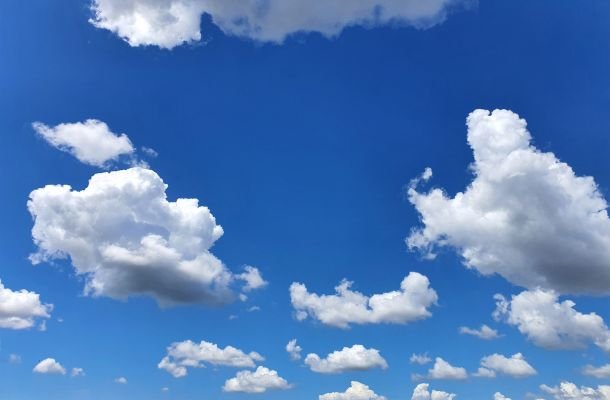
Columbia has a humid subtropical climate, characterized by hot, humid summers and mild winters. The city experiences four distinct seasons, with average temperatures ranging from the mid-30s in winter to the high 90s in summer.
Summer months in Columbia can be particularly hot, with temperatures often exceeding 90°F and high humidity levels. Thunderstorms are common during the summer, bringing occasional heavy rain and lightning. Winters are generally mild, with average temperatures in the 50s and occasional cold snaps. Snowfall is rare but can occur in some winters.
Spring and fall are pleasant seasons in Columbia, with moderate temperatures and lower humidity. These transitional periods are ideal for outdoor activities and enjoying the city’s parks, gardens, and riverfront areas. Columbia receives an average of 48 inches of rainfall annually, with precipitation fairly evenly distributed throughout the year.
The city is also susceptible to occasional tropical storms and hurricanes, particularly in late summer and early fall. However, Columbia’s inland location typically reduces the intensity of such storms compared to coastal areas.
Demographics

Columbia is a diverse and dynamic city with a population of approximately 137,000 residents, making it the second-largest city in South Carolina. The broader metropolitan area, known as the Columbia Metropolitan Statistical Area, has a population of over 800,000, reflecting the region’s growth and development.
The city has a diverse racial and ethnic composition, with significant African American, White, Hispanic, and Asian communities. Columbia is known for its youthful population, largely due to the presence of several colleges and universities, including the University of South Carolina. The city’s median age is around 28 years, making it one of the youngest cities in the state.
Columbia’s population is also characterized by a mix of long-term residents and newcomers, contributing to a vibrant and evolving community. The city’s demographic diversity is reflected in its cultural offerings, neighborhood dynamics, and community events.
Economy

Columbia’s economy is diverse, driven by government, education, healthcare, and manufacturing sectors. As the state capital, Columbia is home to numerous state and federal government offices, which are major employers in the area. The presence of the University of South Carolina also contributes significantly to the local economy, supporting jobs in education, research, and related industries.
Healthcare is another major economic driver in Columbia, with several large hospitals and medical centers, including Prisma Health and Lexington Medical Center, providing employment and services to the region. The city is also home to a growing number of technology and research firms, supported by initiatives like the USC/Columbia Technology Incubator.
Manufacturing and logistics play important roles in Columbia’s economy, with companies producing products ranging from automotive parts to textiles. The city’s strategic location along major highways and rail lines makes it a key logistics hub for the Southeast.
Retail and hospitality are also significant contributors to the local economy, with a variety of shopping centers, restaurants, and hotels catering to residents and visitors. Columbia’s economy continues to grow and diversify, with ongoing investments in infrastructure, business development, and workforce training.
Culture
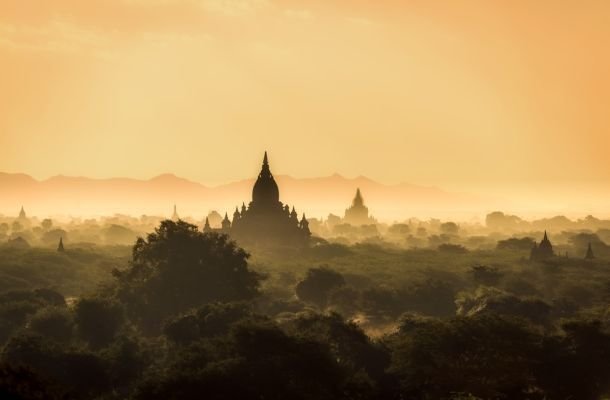
Columbia boasts a rich cultural scene, with a variety of arts, entertainment, and recreational activities available for residents and visitors. The city is home to numerous museums, galleries, theaters, and music venues that showcase both local and national talent.
The Columbia Museum of Art is a cornerstone of the city’s cultural landscape, featuring an extensive collection of art from around the world, as well as rotating exhibits and educational programs. The museum is located in the heart of downtown Columbia and is a popular destination for art enthusiasts.
The Koger Center for the Arts hosts a wide range of performances, including concerts, Broadway shows, and dance productions. It is a premier venue for the performing arts in Columbia and regularly features renowned artists and entertainers.
Riverbanks Zoo and Garden is one of Columbia’s top attractions, offering a world-class zoo experience with a diverse array of animals and beautifully landscaped gardens. The zoo is a favorite among families and tourists, providing educational and interactive exhibits for all ages.
Columbia is also known for its vibrant music scene, with numerous live music venues, festivals, and events throughout the year. The South Carolina Philharmonic and the Columbia City Ballet are among the city’s esteemed performing arts organizations, contributing to Columbia’s rich cultural fabric.
The city hosts several annual festivals and events that celebrate its diverse culture and community, including the Soda City Market, St. Pat’s in Five Points, and the Rosewood Crawfish Festival. These events attract thousands of visitors and showcase Columbia’s local food, music, and art.
Colleges and universities

Columbia is a hub for higher education, home to several colleges and universities that contribute to the city’s vibrant and youthful atmosphere. The University of South Carolina (USC) is the largest and most prominent institution, with a student population of over 35,000. USC offers a wide range of undergraduate, graduate, and professional programs, and is known for its strong research initiatives, particularly in fields such as engineering, business, and public health.
Columbia College, a private liberal arts college, provides a variety of degree programs with a focus on leadership and community engagement. Originally founded as a women’s college, Columbia College now offers coeducational programs and continues to emphasize small class sizes and personalized education.
Allen University and Benedict College are historically Black colleges located in Columbia, each with a rich history of providing education and opportunities to African American students. Both institutions offer a range of academic programs and play an important role in the community.
Midlands Technical College serves the greater Columbia area with multiple campuses, offering a variety of associate degrees, certifications, and continuing education programs. Midlands Tech is a key provider of workforce training and education, supporting the local economy and helping students prepare for careers in a variety of fields.
Media

Columbia is the media hub of central South Carolina, with a variety of television stations, newspapers, radio stations, and online media outlets serving the region.
The State is the primary daily newspaper in Columbia, covering local, state, and national news. Founded in 1891, The State has a long history of serving the Columbia community and is one of the most widely read newspapers in South Carolina.
Columbia is served by several television stations, including WIS (NBC affiliate), WLTX (CBS affiliate), WOLO (ABC affiliate), and WACH (Fox affiliate). These stations provide local news, weather, and sports coverage, as well as national programming.
The city has a diverse radio market, with stations covering a range of genres, including news, talk, country, rock, hip-hop, and classical music. Some of the most popular radio stations include WVOC (news/talk), WXRY (alternative rock), and WWDM (urban adult contemporary).
Columbia also has a growing online media presence, with several local news websites and blogs providing coverage of city events, politics, and culture. Soda City Biz Wire, Free Times, and ColaDaily are popular online sources for local news and information.
Roadways
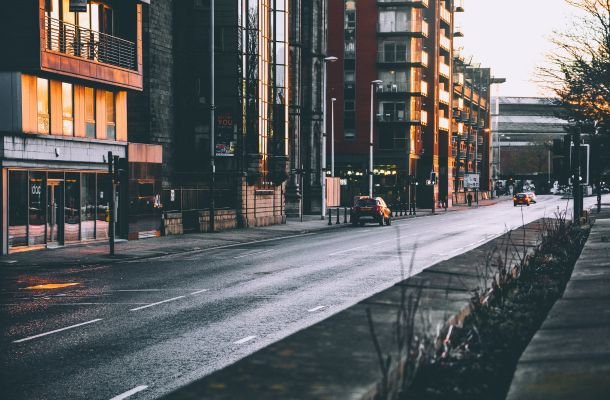
Columbia is well-connected by a network of highways, roads, and public transportation options that make getting around the city convenient and efficient. Interstate 26, Interstate 20, and Interstate 77 intersect near Columbia, providing direct routes to Charleston, Charlotte, Augusta, and other major cities in the Southeast.
Interstate 126 serves as a direct connector to downtown Columbia, making it easy for commuters and visitors to access the heart of the city. The Palmetto Health Richland Hospital, the University of South Carolina, and other key destinations are easily accessible via the city’s highway network.
Columbia’s Comet Bus System offers public transportation services throughout the city and surrounding areas, providing an affordable and convenient option for residents and visitors. The bus system includes a variety of routes, with stops at major shopping centers, medical facilities, and other key locations.
The city is also investing in infrastructure improvements, including road expansions, pedestrian-friendly initiatives, and bike lanes, to enhance mobility and safety for all road users. These efforts are aimed at reducing traffic congestion, promoting alternative modes of transportation, and supporting sustainable urban growth.
Major Landmarks
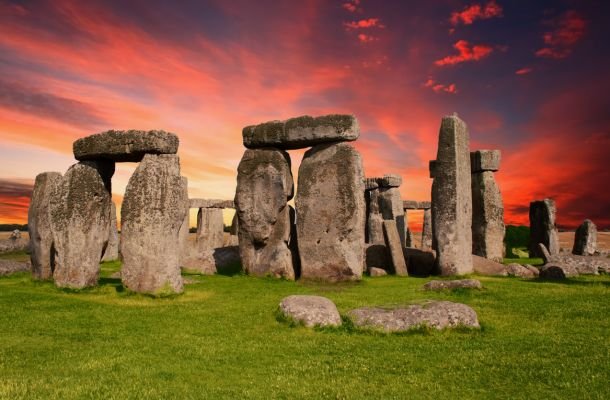
Columbia is home to a number of major landmarks that highlight its rich history, cultural diversity, and natural beauty. The South Carolina State House is one of the city’s most iconic structures, serving as the seat of government and a symbol of Columbia’s historical and political significance. Visitors can tour the State House and explore its beautiful grounds, which feature monuments, gardens, and historical markers.
The University of South Carolina’s Horseshoe is another beloved landmark, showcasing the original campus’s historic architecture and lush green spaces. The Horseshoe is a popular spot for students, locals, and visitors to relax and enjoy the scenery.
Congaree National Park is located just outside of Columbia and offers a unique natural experience with its old-growth bottomland hardwood forest and diverse wildlife. The park is a haven for outdoor enthusiasts, offering hiking, canoeing, birdwatching, and more.
Riverfront Park is a favorite local spot, featuring walking and biking trails along the Columbia Canal and Broad River. The park offers beautiful views, picnic areas, and a connection to the Three Rivers Greenway, a network of trails that links Columbia’s riverfronts.
The South Carolina State Museum is the largest museum in the state, offering exhibits on art, history, natural sciences, and technology. The museum also features a planetarium, observatory, and 4D theater, making it a popular destination for families and tourists.
Columbia’s Fort Jackson is the largest U.S. Army basic training installation, providing training to thousands of soldiers each year. Fort Jackson’s presence adds to Columbia’s identity as a military-friendly city and contributes to the local economy.
Find us
Tuesday
Wednesday
Thursday
Friday
Saturday
Sunday
10 am – 10 am
10 am – 10 am
10 am – 10 am
10 am – 10 am
10 am – 10 am
10 am – 10 am








